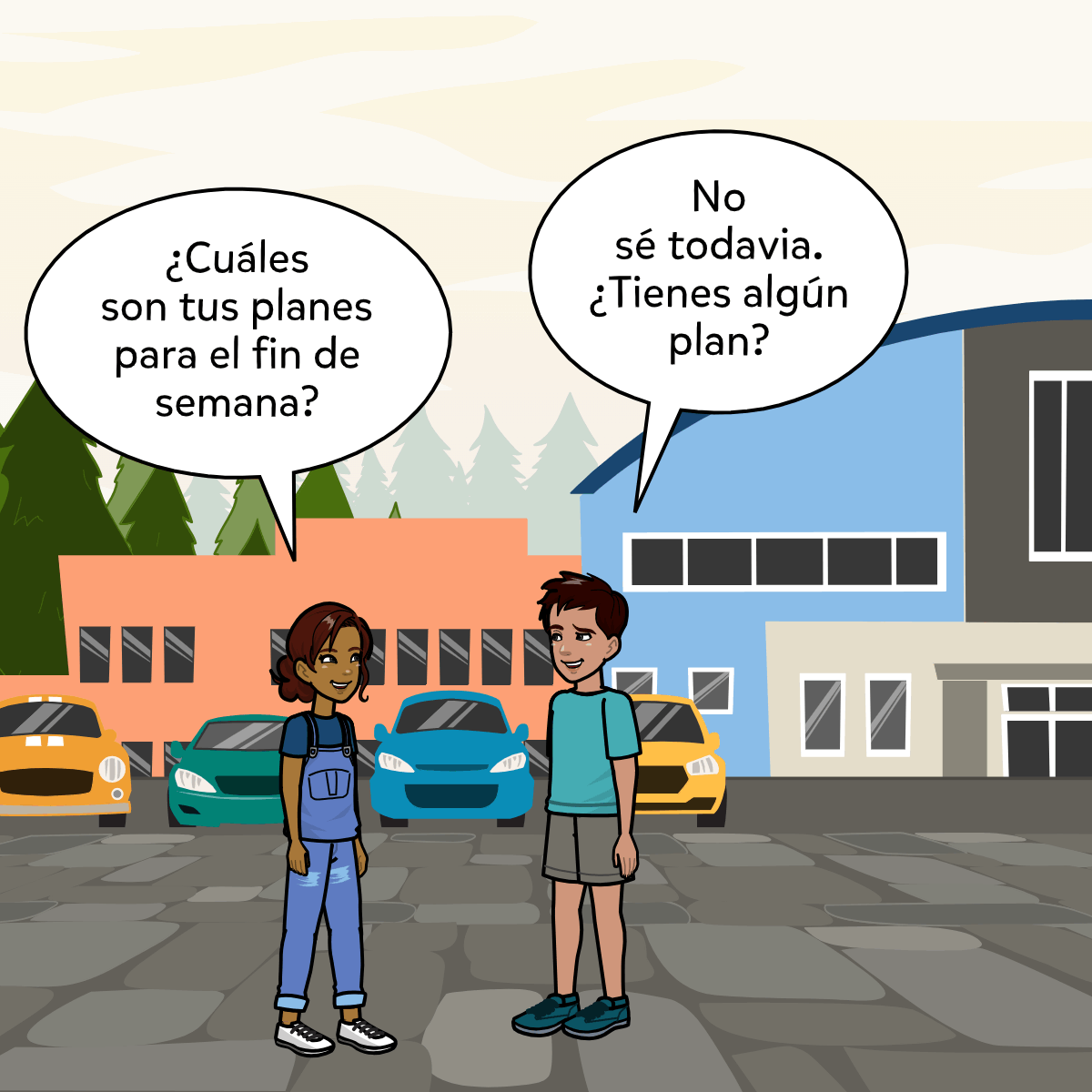Subject: ESL/ELL (English Language Learning)
Lesson Length: 30 - 45 mins
Topic: Interpreting Graphs
Grade Level: 3, 4, 5, 6
Standards / Framework:
Brief Description: Students will learn the basic parts of a graph in English and use simple sentences to explain its features. Students will use the information from the graph to draw conclusions.
Know Before You Start: Students should have prior knowledge of graphs.
Hook:
- Read and discuss the sample comic. Ask students to share observations about the graph.
- What does the graph show?
- What conclusions can be made?
- Model saying: "I notice that each bar has a different sport. I notice that ____ has more than _____. The _____ category is less than _____. This information helps me compare the information about _______."
- After discussing the graph shown in the comic, you may choose to display and discuss other types of graphs, e.g., pie graph, bar graph, and/or line graph.
Activity:
- Have students create a two-panel comic showing two of the conclusions they made from the information in the sample comic.
- The conclusions should be written in the captions, e.g., "The kids love soccer WAY more than basketball."
Closure:
- Have students discuss with a partner why we interpret graphs and what they have learned about graphs.
- We interpret graphs to look for _______(information).
- I learned that graphs ______(help us to compare information).
Differentiation:
- Allow students to use the speech-to-text feature.
- Allow students to use the voiceover feature to read their comics aloud.
-
Provide sentence stems as needed.
-
Allow students to work with a peer model.
- Create a class graph on a new topic.
- Share the graph on your google classroom page.
- Show students how to save the image and upload it to Pixton as their background.
- Have students practice interpreting the chart by explaining it in their own comic.
Resources:
-
Comic to print or display: Comic.
Suggested Content:
 Sports
Sports
 Amusement Park
Amusement Park
 Airport
Airport
 Shopping
Shopping


